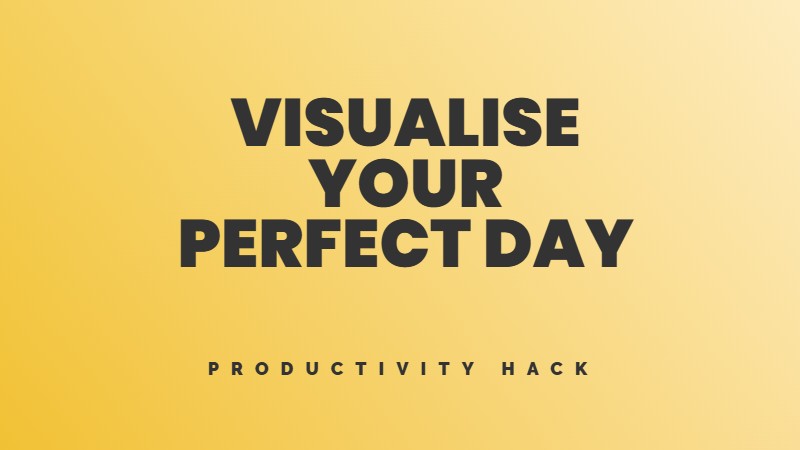For months, I stared at the ceiling, desperate for sleep that wouldn’t come. Insomnia had me in its grip and wouldn’t let go. I tried everything – sleeping pills, relaxation apps, herbal teas. Nothing worked. My days were a foggy, exhausted blur, and my nights an endless cycle of tossing, turning and mounting anxiety. I felt trapped in a prison of sleeplessness with no escape.
But there was a way out – I just had to rethink everything I thought I knew about sleep. The key wasn’t more time in bed. It was less. Sleep compression rewires your brain for quality rest by restricting time in bed. It’s counterintuitive, even a little scary, but for insomniacs, it can be a doorway to the deep, restorative sleep we crave.
Reset your sleep schedule
Sleep compression, a key part of cognitive behavioural therapy for insomnia (CBT-I), can help you break the vicious cycle of poor sleep and retrain your brain for high-quality, restorative rest. By temporarily reducing time in bed, you strengthen the brain’s drive for sleep and eliminate the anxiety and frustration that fuel insomnia. The result is that you fall asleep faster, sleep more deeply, and wake up refreshed and restored.
What causes insomnia?
Insomnia is a common sleep disorder characterized by persistent difficulty falling asleep, staying asleep, or both, despite having adequate time and opportunity for sleep. This difficulty often leads to daytime fatigue, mood disturbances, and decreased performance in work or daily activities.
The root problem in chronic insomnia is that your brain has been conditioned to associate your bed with wakefulness, anxiety and struggle rather than relaxation and sleep. Think of Pavlov’s dogs learning to salivate at the sound of a bell. Through repetition, your brain has been trained to trigger arousal and alertness the moment your head hits the pillow.
Every night spent tossing and turning, watching the clock, and worrying about the consequences of another sleepless night only reinforces and strengthens this conditioned response. Your bed becomes a cue for wakefulness rather than drowsiness.
How sleep compression flips the script
Sleep compression takes advantage of your brain’s natural learning abilities to undo this conditioned arousal and retrain it to expect sleep. Here’s how:
At first, getting less sleep may sound counterproductive. But sleep compression prioritizes quality over quantity. Spending less time in bed paradoxically leads to more time asleep by strengthening your natural sleepiness signals and eliminating the wakefulness that previously dominated your nights.
Tips for success
By retraining your brain to see your bed as a cue for deep, restorative sleep, sleep compression ends the performance anxiety and “sleep effort” at the heart of chronic insomnia. You can let go of sleep-related worry and struggle, confident in your natural ability to sleep.
If insomnia has you locked in a cell of sleepless suffering, consider sleep compression the key you need to break free. Expect some painful adjustments at first as you recalibrate your sleep cycles. But stay strong in the knowledge that each night of sleep pressure is weakening insomnia’s bars around you. Push through the initial discomfort, and you’ll emerge into a new reality – one in which you control your sleep rather than the other way around.
Insomnia doesn’t have to be a life sentence. You have the power to redraw the terms of your relationship with sleep – and sleep compression can be your greatest ally in the fight. Start today, stay consistent, and look forward to the deep rest and sweeter mornings ahead.




Deixe comentários sobre isso